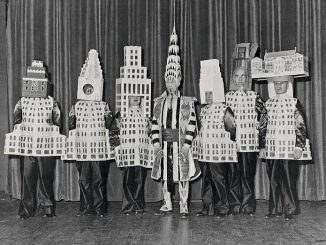
architecture

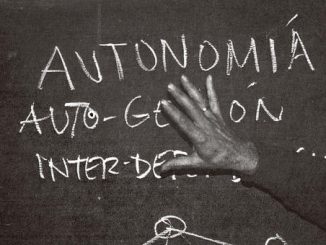
Auto-construction: for an autonomy of housing
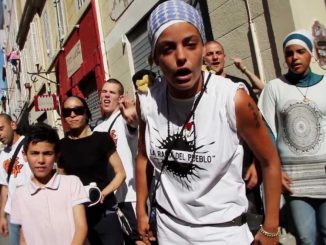
Crossing the capital of culture: summer in Marseille
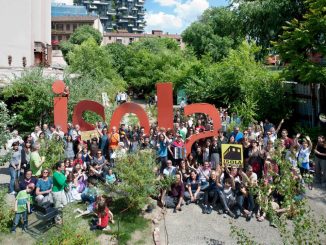
Same old story in Milan: The destruction of Isola
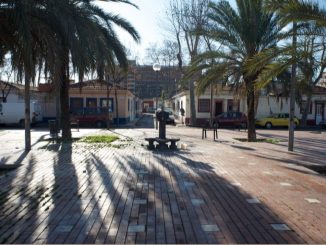
Horizontal anthropology in the margins of Barcelona
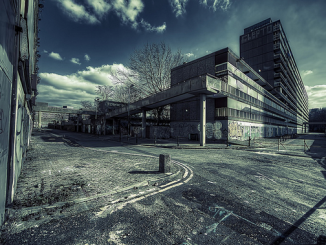
Heygate Was Home!
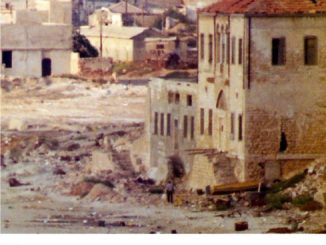
Wastelands: Weizman on military urbanism

Peripheries of a colony: modernity as a challenge in Tetouan
“Immigrants from different places, spanish and moroccan, gathered in the neighborhood. […] About this part of Tetouan, we should write not a history but… a novel“. Mohamed Anakar, former resident of barrio Málaga.
Haussman and Cerdà’s modern urbanism was at its peak in Europe, when the Sultanate of Morocco fell under the military and economic pressures of France and Spain. So hispano-moroccan colonial cities grew as cities in an unlimited expansion; but at the margins of the m
edina and the “Ensanche” grid, popular neighborhoods developed, in which lower-class moroccan and spanish neighbors challenged the cultural and linguistic barriers, like a working-class dance in front of modernity. With El barrio Málaga video [link], and the exposition Tetuán desafíos de la modernidad [link] (recently opened in Casablanca) the interdisciplinary equipe of architect Alejandro MUCHADA proposes a post-colonial look on the hispano-moroccan city observed from its peripheries: where the lower classes cohabited and created their own city, outside all plannings, and in an overflowing melting pot.
- “Tetúanmodernchallenge” is a research of Gamuc.org group on the urban and social transformations during the 45 years of spanish occupation in the north of Morocco, through the lens of social housing: PDF of the expo presentet this april in Casablanca : presentation of the expo : Webpage Tetuán Modern Challenge
- The word challenge refers to the moroccan historian Abdallah LAROUI, who used it to describe what modernity represented for pre-colonial moroccan society. See also Josep Lluís MATEO (2007) “El interventor y el caíd. La política colonial española frente a la justícia marroquí durante el protectorado” [PDF]
- The historical critique allows us to identify what solutions were offered to this challenge in the field of housing. Architect Alfonso de Sierra Ochoa put forward a series of middle-scale projects, in which where involved Moroccans from Tetouan: through architecture, we can compare what modernity was imagined in that times, with the one Morocco has today.

Istanbul, a city without limits. Documentary movie
 "In Istanbul, we crossed the ecological limits, crossed the population limits, crossed the ecological limits. If you ask me where it is all going to lead, I will quote from Doğan Kuban: chaos" Mücella Yapıcı, chamber of architecture of Istanbul.
"In Istanbul, we crossed the ecological limits, crossed the population limits, crossed the ecological limits. If you ask me where it is all going to lead, I will quote from Doğan Kuban: chaos" Mücella Yapıcı, chamber of architecture of Istanbul.
- Ekümenopolis: Ucu Olmayan Şehir (Ecumenopolis: City Without Limits) (2011) a movie by Imre Azem, will be in Barcelona on november 15th, 8pm at Traslaciones festival in CCCB. Director Imre Azem will participate in the debate Istanbul relatos fuera de campo on wednesday 16th at 7:30pm. [Trailer1] [Trailer2] [Web]

To destroy and to construct: history of a factory
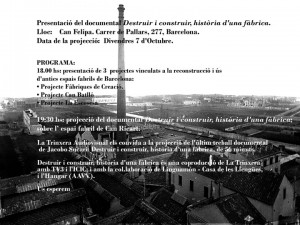 Friday october 7th, at 7.30pm, projection of Destruir y construir, video documentary about the factory of Can Ricart, in Barcelona's neighborhood of Poblenou. Can Ricart was a group of factories active in Barcelona since mid-19th century: in its construction had been involved important architects of catalan modernism. During the years of Barcelona's real estate euphoria (2000-2008), the City Council authorized the demolition of an important part of the premises, with no regard to the protests and the detailed studies who asked respect for the industrial heritage. Similar to what is happening in other parts of town, recently the administration admitted that it hasn't got enough money to build the "Museum of Languages" - the misterious, romantic and sustainable building that architect Benedetta Tagliabue was projecting for the part of Can Ricart spared from the demolitions.
Friday october 7th, at 7.30pm, projection of Destruir y construir, video documentary about the factory of Can Ricart, in Barcelona's neighborhood of Poblenou. Can Ricart was a group of factories active in Barcelona since mid-19th century: in its construction had been involved important architects of catalan modernism. During the years of Barcelona's real estate euphoria (2000-2008), the City Council authorized the demolition of an important part of the premises, with no regard to the protests and the detailed studies who asked respect for the industrial heritage. Similar to what is happening in other parts of town, recently the administration admitted that it hasn't got enough money to build the "Museum of Languages" - the misterious, romantic and sustainable building that architect Benedetta Tagliabue was projecting for the part of Can Ricart spared from the demolitions.
- More post on Can Ricart: research Del Plan de la Ribera al 22@ - video Des del ressentiment, o la batalla per Can Ricart (2006)
- At 6pm, presentation of three rehabilitation projects for factories in Barcelona: Fàbriques de creació, Can Batlló, La Escocesa [see also the post on Can Batlló]

Two new books about Barcelona
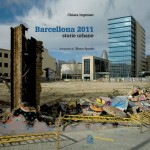 These two freshly published books by Chiara Ingrosso provide new insights on Barcelona's urban and architectural history: the first analizes the city transformations from Franco's dictatorship to future urban plans; the second draws a route around four neighborhoods, Barceloneta, Poblenou, La Mina and Bon Pastor. Both of them are illustrated with Mario Spada photographies, and, as a whole, they show the catalan capital very different as how it is usually represented in Europe and in the whole world, underlining its several dark sides.
These two freshly published books by Chiara Ingrosso provide new insights on Barcelona's urban and architectural history: the first analizes the city transformations from Franco's dictatorship to future urban plans; the second draws a route around four neighborhoods, Barceloneta, Poblenou, La Mina and Bon Pastor. Both of them are illustrated with Mario Spada photographies, and, as a whole, they show the catalan capital very different as how it is usually represented in Europe and in the whole world, underlining its several dark sides.
- C. INGROSSO, “Barcelona. Architecture, City and Society”, Skira, Milán
- C. INGROSSO, “Barcellona 2011. Storie urbane”, Clean, Nápoles

A competition of ideas against the demolition of a popular neighborhood

The dreams of architecture
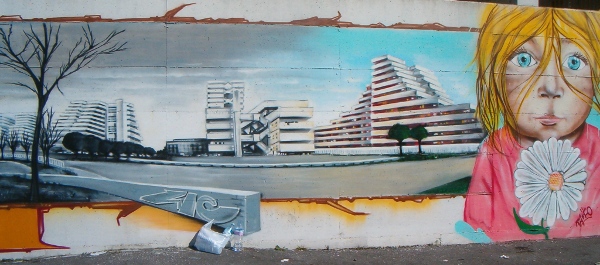 "Secondigliano, Miano, Piscinola, all the northern periphery, and most of all Scampia, the youngest and most cursed neighborhood of Napols, have been covered with negative symbols, emblems of something dark and persistent, that by extension stains all the tens of thousands people that, in the peripheries, keep living a normal life". (Rossomando, 2007). For Scampia's "Le Vele", the enormous buildings erected in the 70s as a progressive and modernist project, and that now have become an internationally renown scenario of crime and marginality, the City Council is looking again for an architectural solution: to demolish or to preserve? The utopia is the "tabula rasa", i.e. solving social problems by tearing down and start again, or emptying and convert into a monument. "The complexity of places is poorly reduced to the choice between demolition and capitalization, both easy and spectacular solutions based on an attack on inhabitants' history" (Nocera 2010). Different are the utopias that follow all the people who struggle every day supporting the gypsies of Scampia's Rom community, the inhabitants of "Le Vele", the families suffering the consequences of so many years of corruption and crime. Will all this also end up into a "tabula rasa"?
"Secondigliano, Miano, Piscinola, all the northern periphery, and most of all Scampia, the youngest and most cursed neighborhood of Napols, have been covered with negative symbols, emblems of something dark and persistent, that by extension stains all the tens of thousands people that, in the peripheries, keep living a normal life". (Rossomando, 2007). For Scampia's "Le Vele", the enormous buildings erected in the 70s as a progressive and modernist project, and that now have become an internationally renown scenario of crime and marginality, the City Council is looking again for an architectural solution: to demolish or to preserve? The utopia is the "tabula rasa", i.e. solving social problems by tearing down and start again, or emptying and convert into a monument. "The complexity of places is poorly reduced to the choice between demolition and capitalization, both easy and spectacular solutions based on an attack on inhabitants' history" (Nocera 2010). Different are the utopias that follow all the people who struggle every day supporting the gypsies of Scampia's Rom community, the inhabitants of "Le Vele", the families suffering the consequences of so many years of corruption and crime. Will all this also end up into a "tabula rasa"?